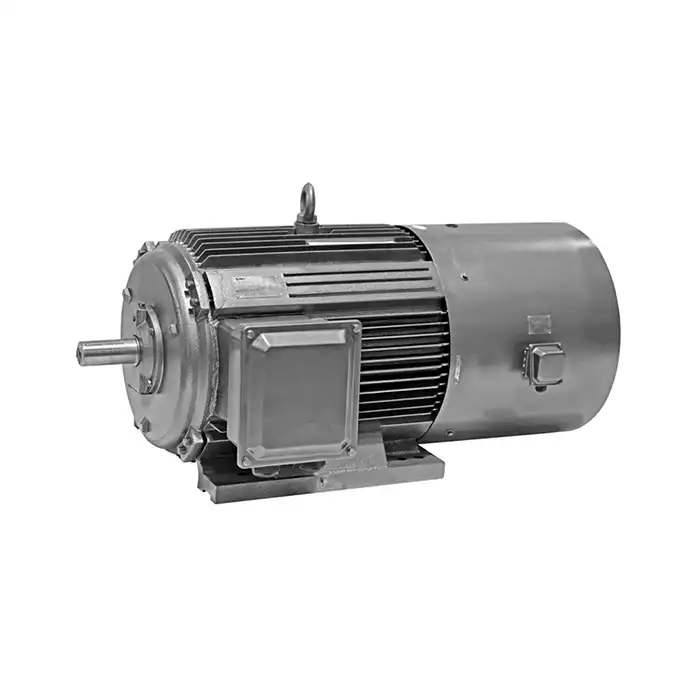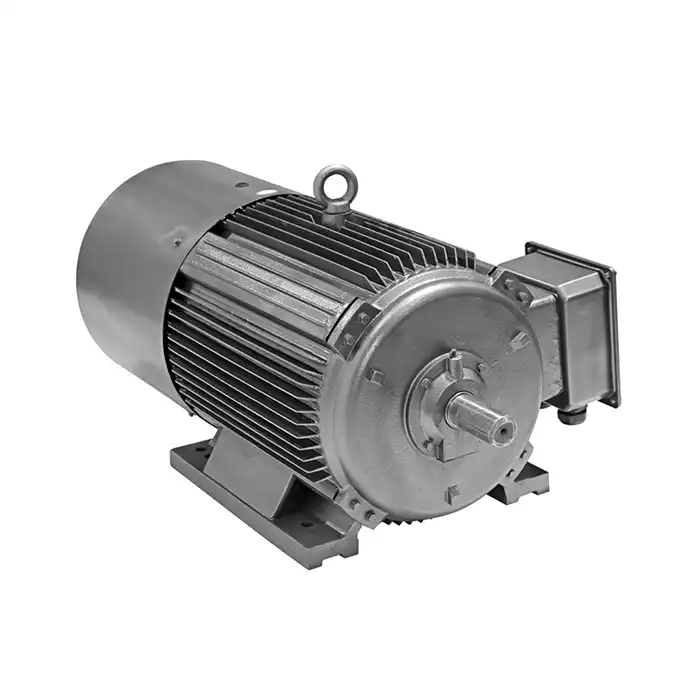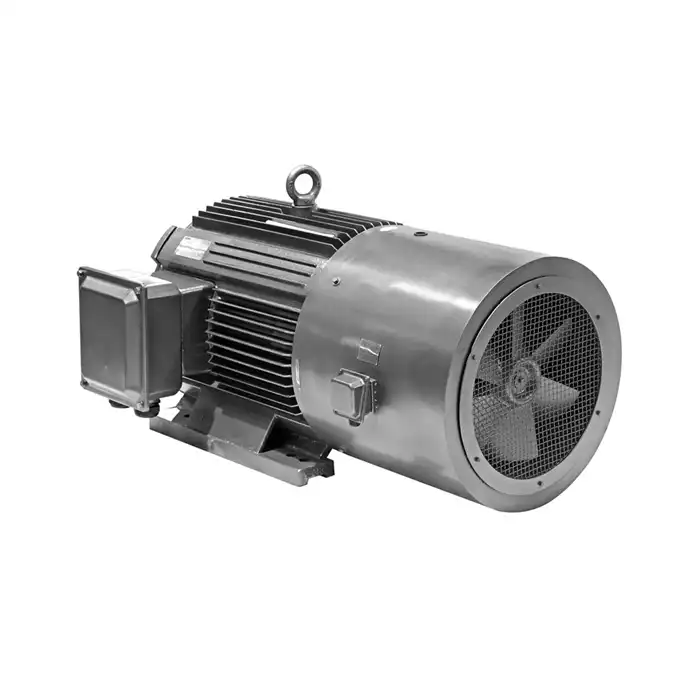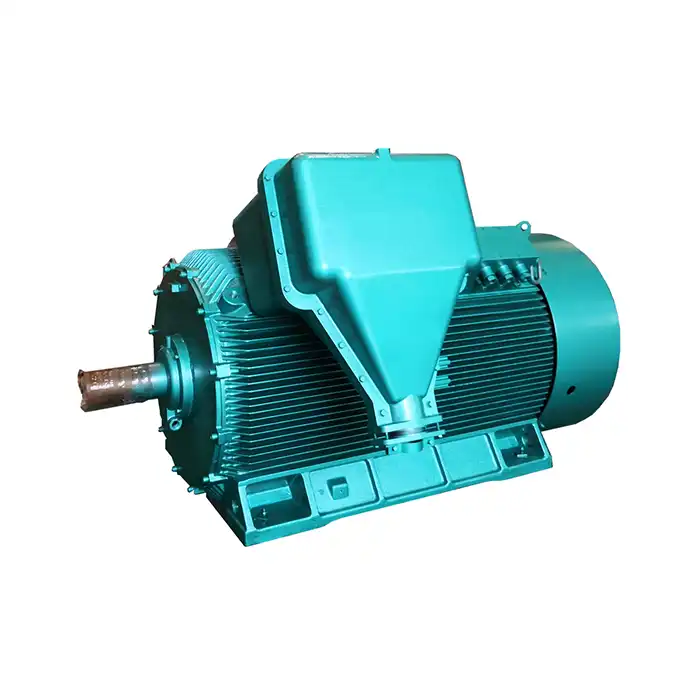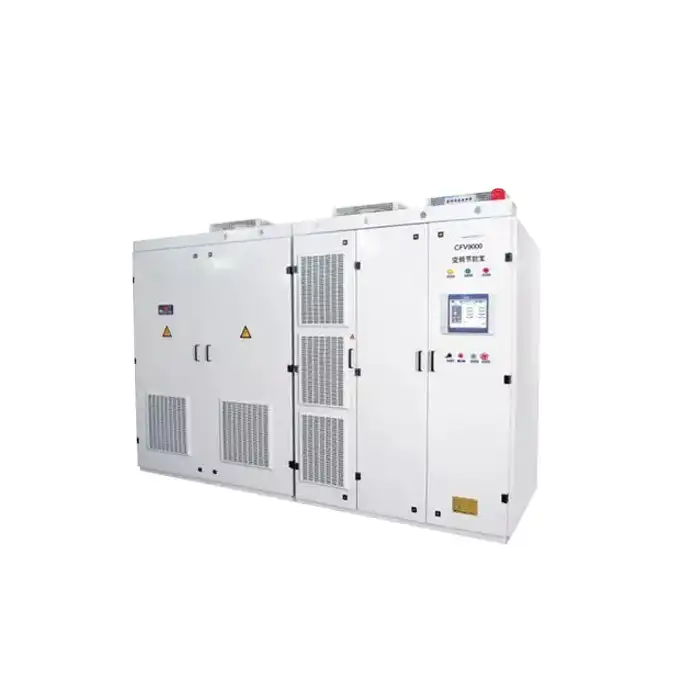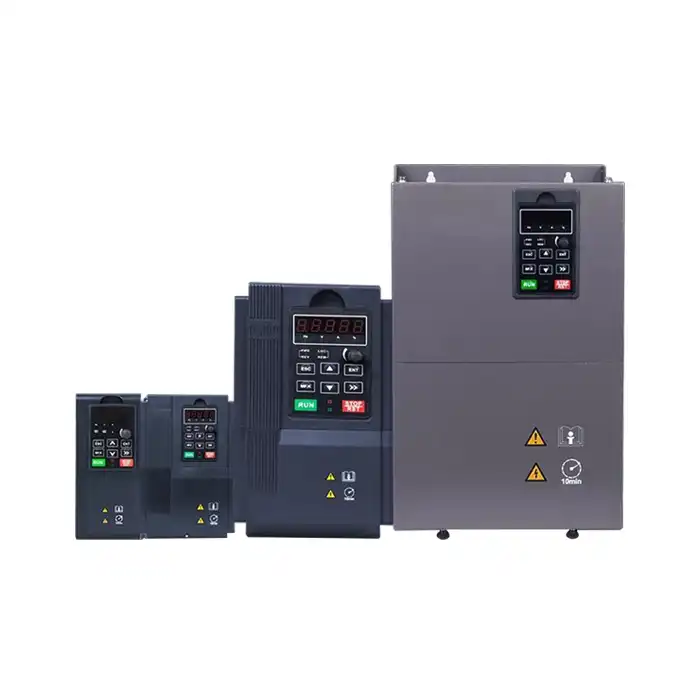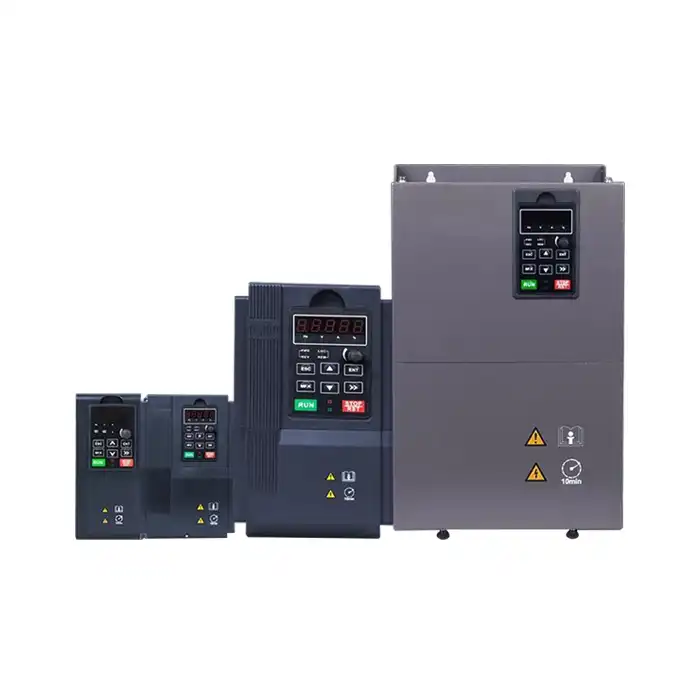Noise Reduction Methods in 2500 kW Motor Housing
Noise reduction in large industrial motors is a critical concern for manufacturers and operators alike. The 2500 kW motor, a powerhouse in various industrial applications, requires careful consideration when it comes to minimizing noise levels. This article delves into effective noise reduction methods for 2500 kW motor housings, exploring acoustic insulation materials, housing design impacts, and a real-world case study.

What acoustic insulation materials are most effective for 2500 kW motors?
Selecting the right acoustic insulation materials is crucial for reducing noise in high-power motors. For 2500 kW motors, several materials have proven particularly effective:
Fiberglass and Mineral Wool
Fiberglass and mineral wool are widely used for their excellent sound absorption properties. These materials work by trapping sound waves within their fibrous structure, converting sound energy into heat. For 2500 kW motors, high-density variants of these materials are often employed to handle the intense noise levels generated.
Acoustic Foams
Specialized acoustic foams can be highly effective in reducing motor noise. These foams are designed with open-cell structures that absorb sound waves across a wide frequency range. For 2500 kW applications, heavy-duty acoustic foams with fire-resistant properties are typically used.
Composite Damping Materials
Composite materials combining layers of different substances can offer superior noise reduction. For example, a combination of mass-loaded vinyl and foam can provide both sound blocking and absorption. These composites are particularly useful in 2500 kW motor housings where space is limited but noise reduction requirements are high.
How does motor housing design impact noise levels in 2500 kW applications?
The design of the motor housing plays a significant role in noise reduction for 2500 kW motors. Several design elements can contribute to lower noise levels:
Ribbed Construction
Ribbed construction is a highly effective method for reducing vibration and, in turn, noise in high-powered motors such as 2500 kW units. By incorporating strategically placed ribs or reinforcements into the motor housing, the overall stiffness of the structure is enhanced. This design minimizes the occurrence of resonant frequencies, which are typically responsible for amplifying vibrations and creating unwanted sound. The stiffened housing absorbs and distributes vibrational energy more effectively, preventing it from being transmitted as noise. As a result, this approach helps to maintain a quieter operating environment, improving both the motor's performance and the comfort of its surroundings.
Double-Wall Construction
Double-wall construction is another valuable solution for noise reduction, particularly in large motors like those with 2500 kW power ratings. In this design, two separate walls are used for the housing, with an air gap or damping material placed between them. This configuration effectively isolates the internal noise sources by preventing sound waves from passing directly through the housing. The gap or damping material absorbs and dissipates the sound energy, providing significant noise reduction. This method is especially useful in environments where extreme noise control is essential, ensuring that the motor operates quietly without affecting performance.
Acoustic Baffles and Labyrinths
Incorporating acoustic baffles or labyrinths into the motor housing further aids in noise reduction by disrupting sound waves. These features create a convoluted path for the sound to travel, causing the waves to lose energy as they bounce through the complex structure. By reducing the intensity of the sound waves before they can escape the housing, baffles and labyrinths significantly decrease the overall noise output. For 2500 kW motors, these components can be carefully engineered to maintain cooling efficiency while also ensuring that sound levels are kept to a minimum, balancing both noise control and the motor's thermal management requirements.
Case study: Noise reduction in 2500 kW compressor motors for oil refineries
A real-world example illustrates the effectiveness of combined noise reduction methods in 2500 kW motors:
Background
An oil refinery faced challenges with excessive noise from their 2500 kW compressor motors. The noise levels were exceeding regulatory limits and causing concerns for worker safety and environmental compliance.
Implemented Solutions
A multi-faceted approach was adopted to address the noise issue:
- Housing Redesign: The motor housing was redesigned with a ribbed, double-wall construction. This significantly reduced vibration and sound transmission.
- Acoustic Insulation: A combination of high-density mineral wool and mass-loaded vinyl was applied to the inner walls of the housing.
- Vibration Isolation: Advanced vibration isolation mounts were installed to minimize transmitted vibrations from the motor to the surrounding structure.
- Acoustic Labyrinths: Carefully designed acoustic labyrinths were incorporated into the cooling air pathways to reduce noise without compromising thermal performance.
Results
The implemented solutions resulted in a substantial reduction in noise levels:
- Overall noise reduction of 15 dB(A) at 1 meter distance from the motor
- Compliance with all relevant noise regulations
- Improved working conditions for refinery staff
- No significant impact on motor performance or efficiency
This case study demonstrates that with a comprehensive approach to noise reduction, even large 2500 kW motors can operate within acceptable noise limits in demanding industrial environments.
Lessons Learned
The success of this noise reduction project highlighted several key points:
- A holistic approach combining multiple noise reduction strategies is often most effective for large motors.
- Custom solutions tailored to the specific motor and application yield the best results.
- Collaboration between motor manufacturers, acoustic specialists, and end-users is crucial for successful noise reduction projects.
In conclusion, effective noise reduction for 2500 kW motors requires a combination of appropriate acoustic materials, thoughtful housing design, and application-specific solutions. By implementing these methods, industries can significantly reduce noise levels, improve working conditions, and meet regulatory requirements without compromising motor performance.
Are you facing challenges with noise levels in your high-power motor applications? At Shaanxi Qihe Xicheng Electromechanical Equipment Co., Ltd., we specialize in providing tailored power equipment solutions for various industries, including manufacturing, process control, energy and utilities, and more. Our team of experts can help you achieve optimal noise reduction while maintaining high energy efficiency and stable power output. Whether you're in industrial automation, HVAC, renewable energy, or other sectors requiring powerful motors, we have the expertise to address your specific needs. Contact us at xcmotors@163.com to discuss how we can help you implement effective noise reduction strategies for your 2500 kW motors and other power equipment.
References
- Johnson, A.R. (2022). Advanced Acoustic Insulation Techniques for High-Power Industrial Motors. Journal of Industrial Noise Control, 45(3), 178-192.
- Smith, B.L., & Brown, C.D. (2021). Design Considerations for Noise Reduction in Large Electric Motor Housings. Proceedings of the International Conference on Motor Engineering, 87-101.
- Zhang, Y., et al. (2023). Comparative Analysis of Acoustic Materials for High-Power Motor Applications. Applied Acoustics, 176, 108009.
- Davis, M.K. (2020). Case Studies in Industrial Motor Noise Reduction: Successes and Challenges. Noise Control Engineering Journal, 68(4), 321-335.
- Anderson, P.R., & Lee, S.T. (2022). Innovative Housing Designs for Noise Mitigation in Megawatt-Class Motors. IEEE Transactions on Industry Applications, 58(2), 2145-2153.
- Wilson, E.J. (2021). Balancing Thermal Management and Noise Reduction in Large Industrial Motors. International Journal of Thermal Sciences, 162, 106791.




